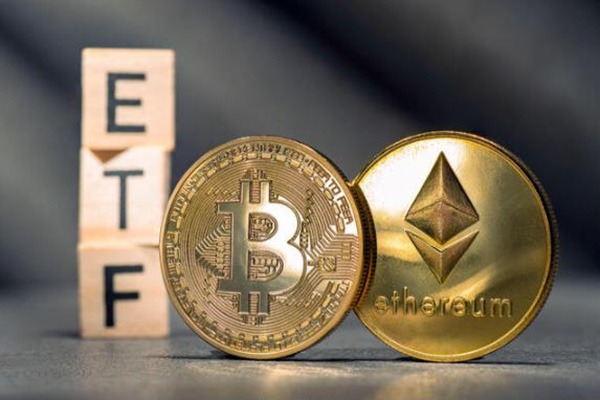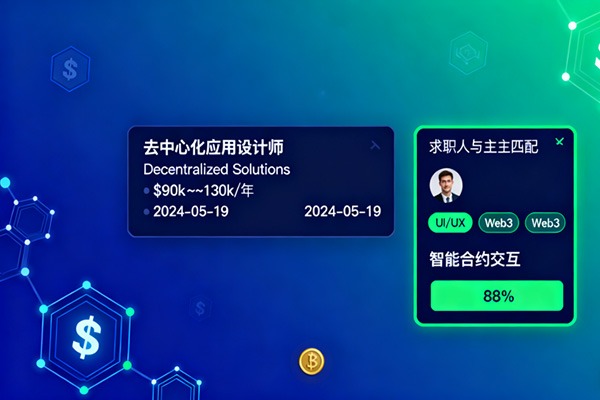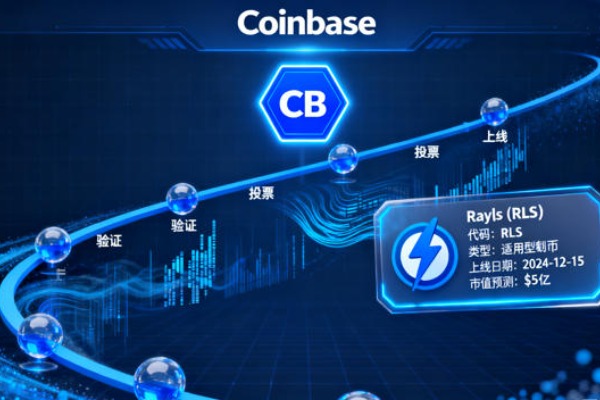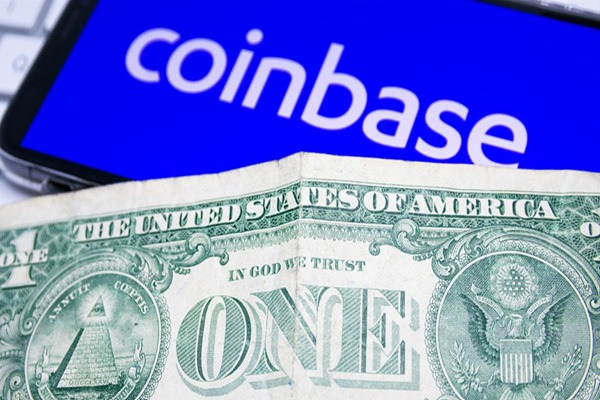Bankless: Do token buybacks make sense?
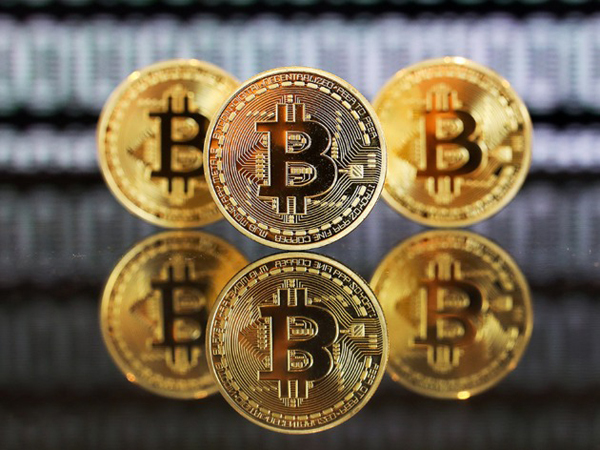
Aave recently announced a new token economics reform featuring buybacks, and it’s not the only project to make this move.
Since Trump won the election, a growing number of crypto projects have introduced token economics reforms, whether through revenue sharing or buybacks, arguing that the regulatory environment is more amenable to such experiments. Arbitrum Arbitrum is another notable company to adopt a buyback program, suggesting that crypto projects will turn to implementing TradFi techniques as they seek to increase profits and gain better control over token supply.
As these token economic reforms are implemented, a discussion has erupted on X about whether buybacks are the right way to strengthen digital assets. Opponents see buybacks and burns as outdated, limited solutions for TradFi, while supporters tout them as a direct reflection of product-market fit and market dominance.
Below, we’ll explore both sides of the debate, consider the pitfalls of applying TradFi practices to our emerging markets, and highlight some alternatives to token buybacks.
The Case for Token Buybacks
Many protocols and users view buybacks as a direct signal of long-term consistency, revenue stability, and growth potential, so let’s look at the main arguments in favor of this practice.
Confidence in Product-Market Fit
Those who support token buybacks argue that these programs reflect a commitment to sustainability and revenue growth. By buying back tokens, teams demonstrate confidence in their protocol’s moat and long-term prospects, which can bolster market confidence and position the protocol as the majority owner of its token, potentially giving it more control over price dynamics.
Buybacks are particularly lauded when the protocol is already profitable: Aave’s decision to use a portion of its revenue to purchase its own token was widely seen as a decisive display of strength, compared to competitors investing heavily in liquidity mining, which often creates high inflation for the protocol’s token and often only achieves modest adoption. Indeed, if your favorite protocol isn’t buying its own token, why would you?
Fundamentals Season
Buyback programs can align perfectly with a broader fundamental turn. Over the past year, and especially now in a market downturn, more investors have gravitated toward protocols with real revenue and stable liquidity. Buybacks can support this “fundamentals season” narrative by reducing circulating supply and demonstrating stable earnings. However, this perception only really emerges if the protocol achieves significant revenue, making Aave’s decision more attractive than Arbitrum’s.
Arguments against buybacks
On the other hand, buyback critics argue that the mechanism is “window dressing” and only creates exit liquidity for large shareholders, while other strategies are better at achieving the same goal.
Investing for expansion
Critics argue that using treasury funds for buybacks diverts capital from more productive pursuits — expanding product offerings, increasing liquidity in different assets (i.e. buying $BTC instead of native tokens), allocating treasury assets to DeFi for high yields, or building strategic partnerships. These moves are often seen as bringing more tangible long-term benefits that strengthen the protocol’s market position and provide a more solid foundation for it to conduct a “buyback” or improve its token economics in the future.
Cryptocurrency is not traditional finance
While buybacks are common in the stock market — companies often use extra cash or cheap debt to buy back undervalued shares — cryptocurrency projects have different dynamics.
Tokens are often locked up by founders and early investors, so buybacks may end up absorbing tokens while insiders cash out, nullifying their impact. Additionally, the constant vesting of tokens can weaken the impact of any buybacks, and major announcements about token buybacks sometimes merely signal a sell point to insiders, providing little value to long-term holders.
ISiTXL2B5Wf0ZPr9ZWeQSRK0dQrjx3a5EowvNDoy.jpeg
Better Alternatives Exist
Some naysayers have suggested bypassing open market buybacks entirely and looking to other mechanisms to boost token prices.
Buying Unvested Supply: CT anon Giver has suggested using a treasury fund to buy up unvested allocations from early investors and then remove those tokens from circulation. This strategy would mitigate open market insider trading and reduce overall vested supply in one fell swoop. Investors would receive returns, while the open market would be shielded from its price impact.
veTokenomics: Others, like fiddy (a researcher at Lido Lido Finance, formerly at Curve Finance), advocate for token lockup mechanisms, like veModel, that reward users for locking up tokens to build long-term governance and liquidity. However, when looking at the price performance of veTokens like $CRV or $CVX, the results of this system are mixed.
When Buybacks Make Sense
Overall, through these analyses of the pros and cons of buybacks, we can clearly see when buybacks can be part of a protocol’s token economics. When the entire token supply is in circulation or fully vested, buybacks can play a role similar to equity buybacks, working to set a floor for the price and accumulate “undervalued” shares. Through this framework, projects like Jupiter and Hyperliquid Hyperliquid have a unique advantage due to their lack of external funding, meaning they have no VC-vested tokens to unlock. Therefore, implementing buybacks for these projects has different implications given their control over supply and market maturity.
At the same time, once a project has established a solid competitive advantage and has covered growth avenues — expanding its product line or exploring new markets — measured buybacks can be a way to return capital to token holders. If timed well and not too early, it could bolster market confidence and solidify the protocol’s position (if it has enough revenue and dominance to enact an influential buyback program).




